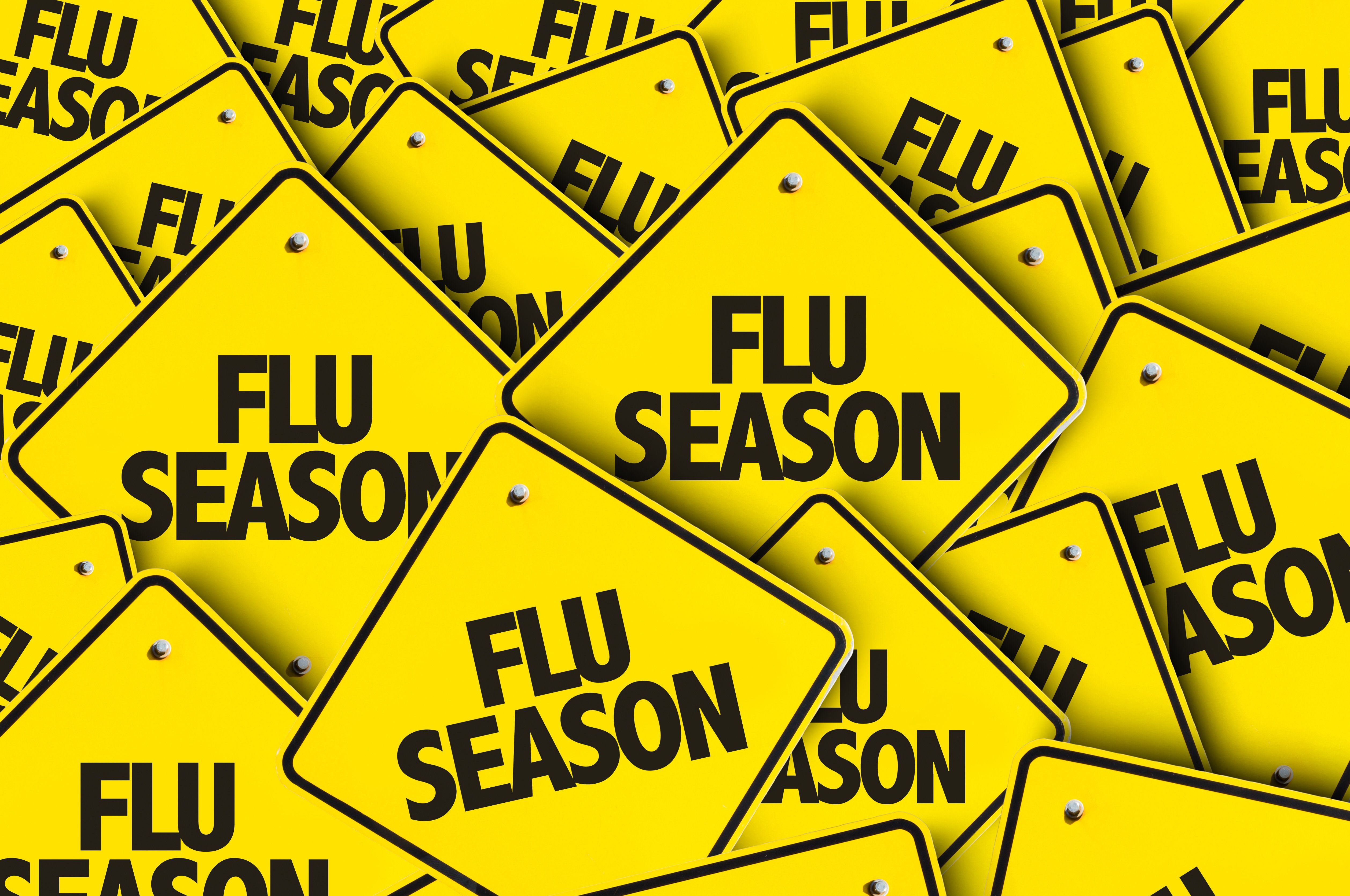Article
Influenza B leading the charge in 2020 flu season
Author(s):
Public health officials are hopeful a record number of flu vaccines can help stave off epidemic levels.

The flu season is officially underway and, while an unexpected virus is taking center stage, treatments have been a good match so far for this year’s circulating viruses.
According to the Centers for Disease Control and Prevention (CDC), all regions of the country are now seeing flu activity-typical as the flu season typically peaks between December and March-with the highest level of activity occurring in the southern part of the country. What’s not typical, however, is the predominant circulating virus. CDC reports that most flu activity so far has been caused by Influenza B/Victoria viruses, which typically make an appearance later in the season. However, Influenza A (H1N1) is increasing in proportion in some regions, CDC notes.
“Nationally, flu activity has been elevated … and continues to increase; this represents somewhat of an early start to the U.S. flu season,” said Scott Pauley, a press officer for CDC. “Flu activity is currently being caused mostly by influenza B/Victoria viruses, followed by H1N1 viruses and H3N2 viruses. It is unusual for there to be this much influenza B activity at this time of year.”
According to CDC, 4.6 million flu cases have been diagnosed so far this year-up from 2.6 million in early December. This is a high number for so early in the season, but not yet at epidemic proportions. These flu cases have resulted in roughly 39,000 hospitalizations and 2,100 deaths from flu, according to CDC. Data indicates that roughly 70 percent of the current flu cases are Influenza B and about 30 percent have been caused by Influenza A.
Pauley stresses that it’s not too late to be vaccinated against the flu, and adds that antiviral medications have been working well against these circulating strains.
“It’s not too late to get vaccinated, but it’s also important to remember that flu antivirals drugs can treat flu illness and should be given as early as possible to people who are very sick and those with flu symptoms who are at high risk of severe flu illness like pregnant women, young children, older people and people with certain long-term health conditions,” Pauley said. “The vast majority of tested viruses this season remain susceptible to the CDC recommended influenza antiviral drugs.”
Paley also added that this has been a highly successful year for flu vaccination, with 170.3 million doses of the flu vaccine distributed across the U.S.
“This is the highest number of seasonal vaccine doses distributed in the U.S. in a single season,” Pauley said. “There’s not been any issues with the supply of the flu vaccine reported to us at this time.”
CDC will not be able to make any statements on the overall efficacy of the flu vaccine, however, until after the season has concluded.

Physicians can influence patient decisions on vaccines against flu, COVID-19, RSV




